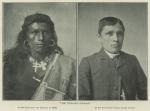Under the authority of the US federal government, Carlisle was the first federally funded off-reservation Indian boarding school. Founded in 1879 by Captain Richard Henry Pratt, the school enrolled nearly 7,800 students by the time of its closing in 1918. Pratt believed that American Indians were the equals of European-Americans, and that…
Lesson Plan
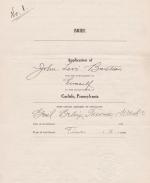
Context: These activities will both be part of a longer unit of study around the historical experiences, contributions, and treatment of Native Americans in the Pacific Northwest. Preceding and between these activities will be lessons on the pre-European invasion culture and history of the region, PNW treaties, creation of the…
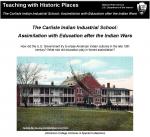
Questions: How did the U.S. Government try to erase American Indian cultures in the late 19th century? What role did education play in forced assimilation?
Topics: This lesson could be used in middle and high school units relating to American Indian and Native American history, 19th century frontier…
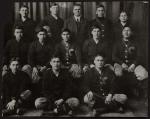
This teaching module will utilize primary documents from individuals who attended the Carlisle Indian School to inform a conversation about the role of athletics in the lives of the students and the institution. Using close reading techniques and qualitative approaches, students will inquire into the significance of sports in student/Native…
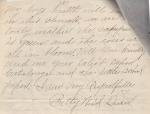
This lesson introduces students to close reading of primary and secondary documents. The focus of this close reading module is also to introduce students to aspects of history that are complex, nuanced, and controversial, such that they will be able to understand the difficulties in making concrete or objective assessments about individual…
Comparing and Contrasting Arguments: Henry Ward Beecher, Sitting Bull, and Capt. Richard Henry Pratt

Captain Richard Henry Pratt, founder to the Carlisle Indian School, wanted to “civilize” and assimilate Indian children into Euro-American culture. Speaking to a convention of Baptist ministers in 1883, Pratt used the image of baptism to explain his philosophy for transforming Native children so they could be made to emulate white men and women…
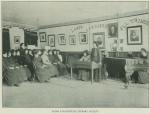
Learning Outcomes (What will students know & be able to do as a result of this lesson?):
Students will be able to use primary sources to derive information from an image of historical significance, of how the historical image is comparable to a current image of the student.
Key Concepts & Essential…

This lesson plan asks students to explore gender at the Carlisle Indian Industrial School by closely examining ten primary sources, including photographs, newspaper articles, and correspondence.
The goal of this exercise is to explore the Carlisle Indian School Digital Resource Center and what it has to offer. Much can be learned by searching through the primary documents, including student files and school publications – and also consulting secondary sources.
This assignment can be adapted for college or high school classes or…
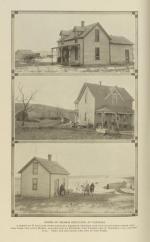
Documents and publications from the Carlisle Indian School offer insight into the involvement of the Bureau of Indian Affairs in other aspects of Indian life. The BIA was tasked with breaking up Indian lands and dividing them among Indian individuals and their families. The Dawes Act (The General Allotment Act) passed by Congress February 8,…

Tens of thousands of young people from Indian communities all across America were sent to the Carlisle Indian School in Pennsylvania between 1879-1918. What was the purpose, the strategy, the outcome? What can we learn from interrogating this historical, educational experiment about the goals of its founders, the students who were sent there,…

"Piecing Together the Past: Finding Student Stories in the Carlisle Indian School Digital Resource Center" is designed as part of an 11th-12th grade course tracing American Indian history from the Precontact period until the present. It asks students to grapple with the question of the forms in which we preserve historical memory. In this…
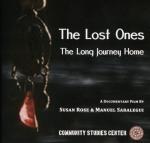
They came from all over the country, from almost every nation. The Carlisle Indian Industrial School in Pennsylvania was the first federally funded off-reservation Indian boarding school founded in 1879 by Captain Richard Henry Pratt. Until its closing in 1918, over 10,500 children were sent to the school to become “civilized” and learn the…
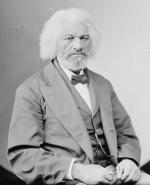
Lesson Essential Question:
How do the views of July 4th compare/contrast between former slaves and Indians in the late 1800’s?
Learning Goals for the Lesson:
Understand that cultural backgrounds and experiences helped to shape the various ways minority groups in America viewed the “white…

